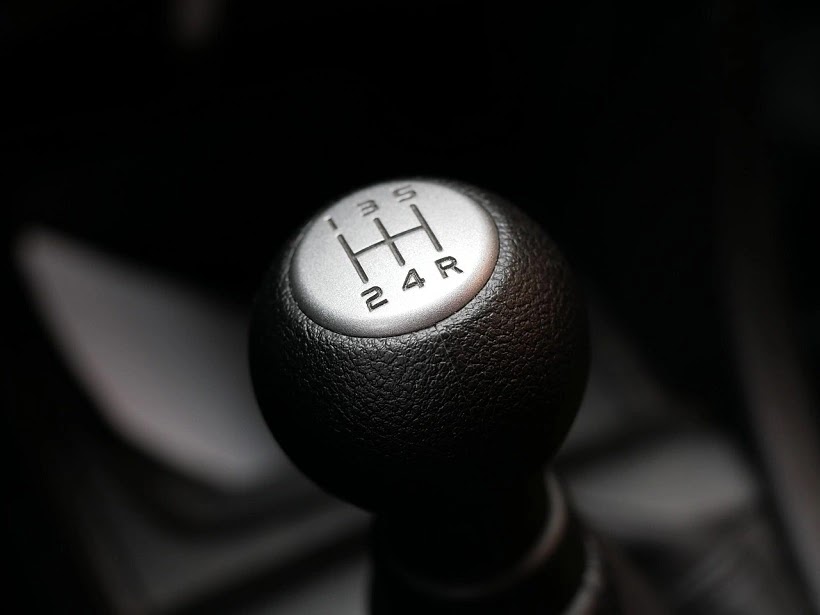Have you ever noticed a small spark when connecting the negative terminal of your car battery? If so, don't worry—this is usually normal and can happen for several reasons. Let's explore why this occurs and how you can handle it safely.
Why Does the Negative Terminal Spark?
1. Current Flow to Electrical Systems: When you attach the negative terminal, it completes the circuit, allowing electricity to flow through the vehicle's electrical systems. This can cause a brief spark as various components, like capacitors, draw initial power.
2. Residual Charge: Sometimes, electrical components retain a bit of charge even after the battery is disconnected. Reconnecting the battery completes the circuit again, causing a small spark as power is restored.
3. Charging Capacitors: Modern cars have many electronic systems equipped with capacitors. These capacitors can cause a small spark as they charge up when you reconnect the battery.
How to Handle It Safely
While a small spark is generally nothing to worry about, here are some steps to ensure safety and minimize sparking:
1. Turn Everything Off: Before connecting the battery, make sure all electrical devices in the car, such as lights, radio, and air conditioning, are turned off. This reduces the chance of a spark.
2. Connect in the Right Order: When connecting the battery, always attach the positive terminal first and the negative terminal second. When disconnecting, remove the negative terminal first, then the positive. This sequence helps prevent short circuits.
3. Check for Damage: Inspect the battery terminals and cables for any signs of damage or corrosion. Clean the terminals if necessary to ensure a solid connection.
4. Wear Safety Gear: Always wear safety glasses and gloves when working with a car battery. This will protect you from potential sparks or acid spills.
When to Be Concerned
A small spark is normal, but if you see a large spark or notice other concerning signs like smoke, excessive heat, or damaged cables, it could indicate a more serious electrical issue. In such cases, it's best to have your car inspected by a professional mechanic.
By following these simple precautions, you can connect your car battery safely and minimize any risks associated with sparking. Remember, a small spark is usually nothing to worry about, but safety should always come first.








